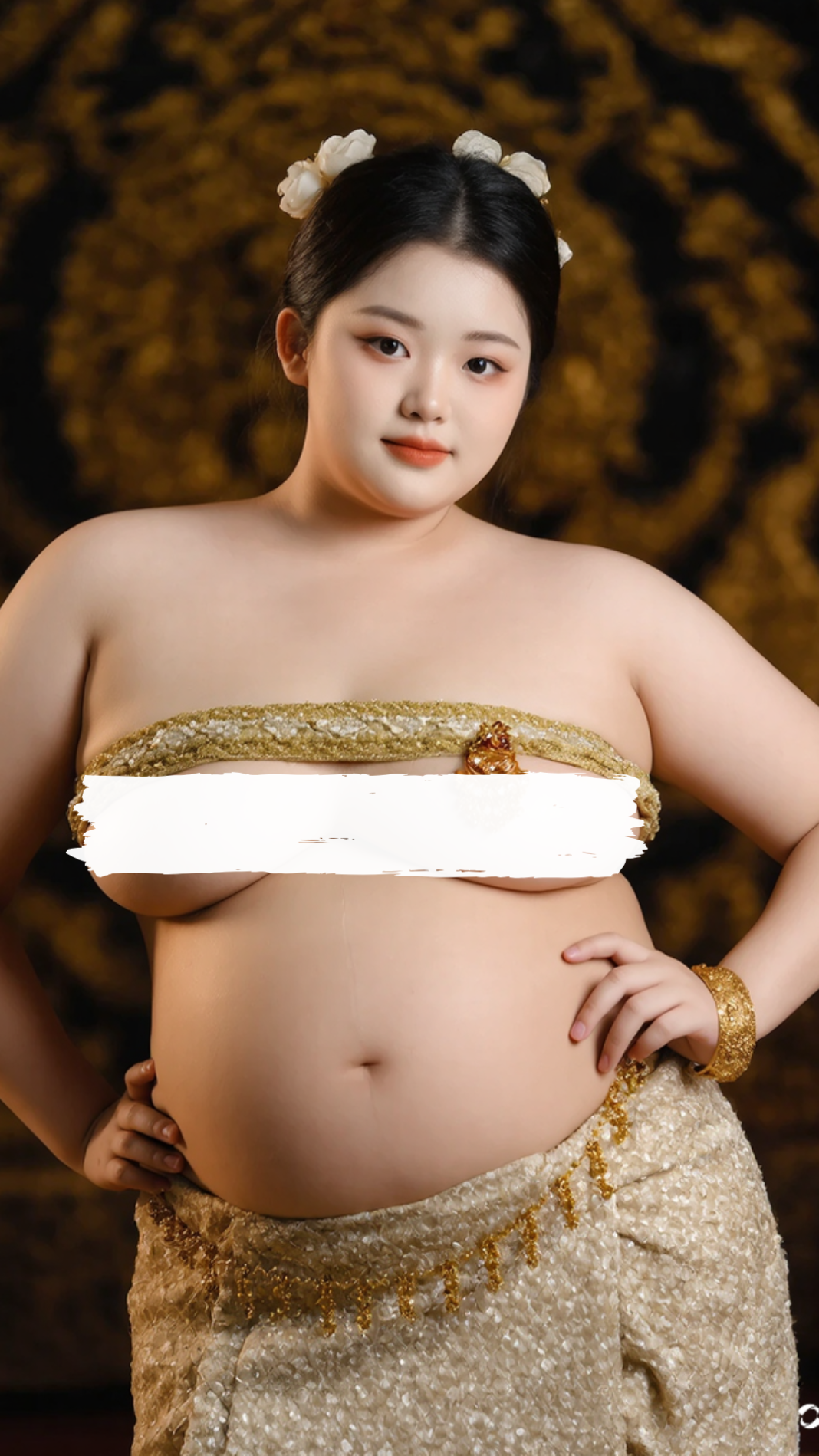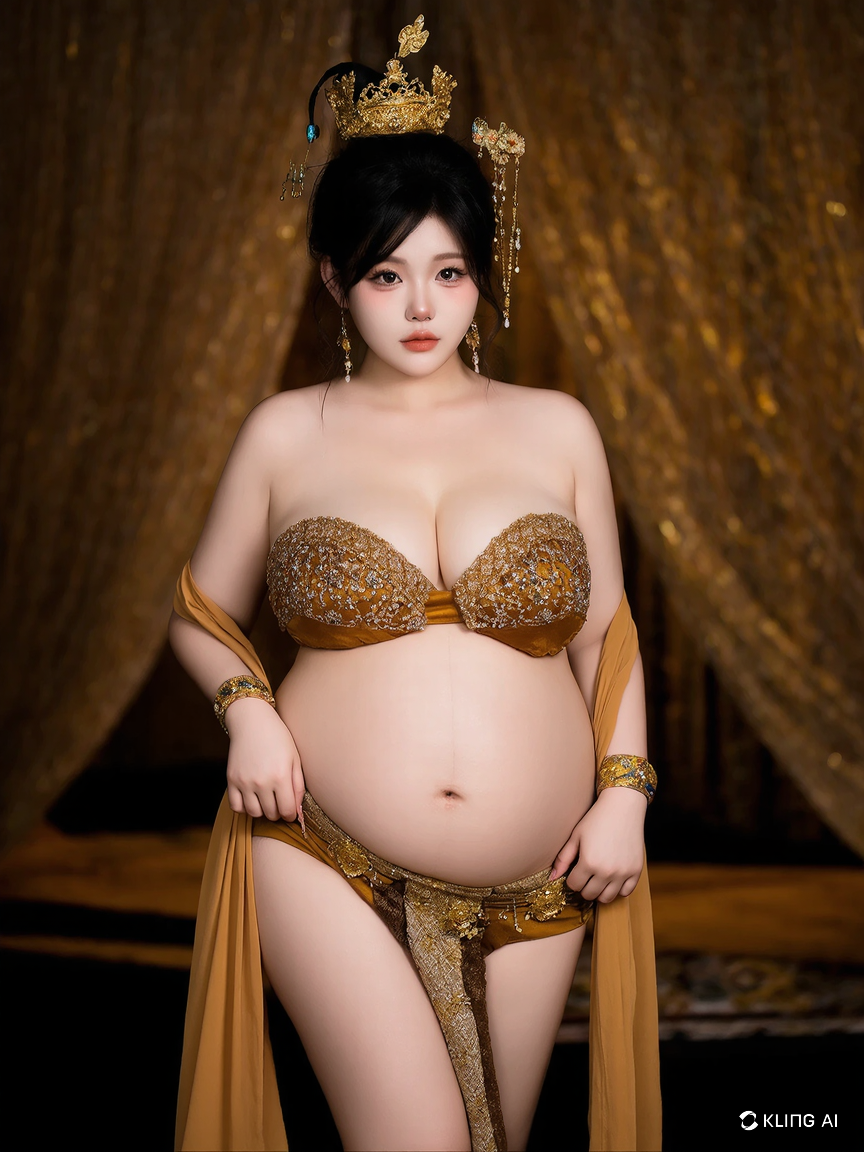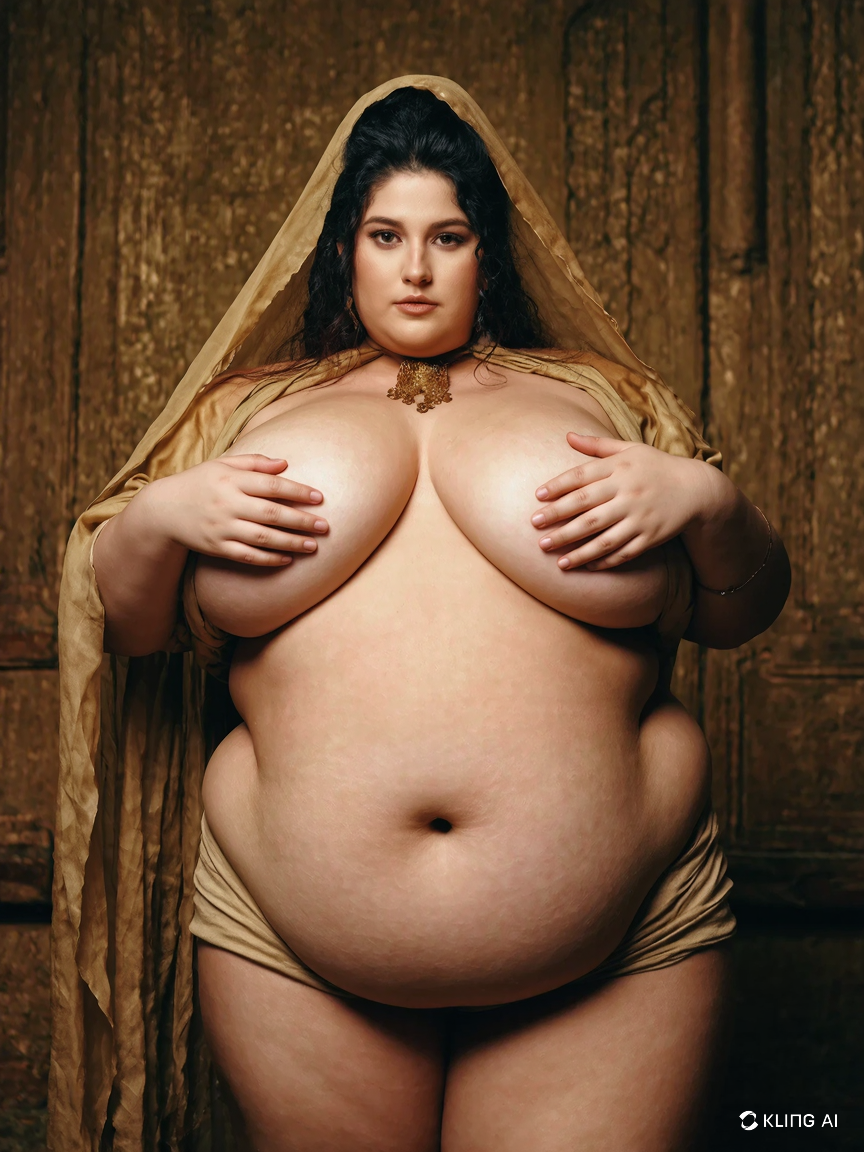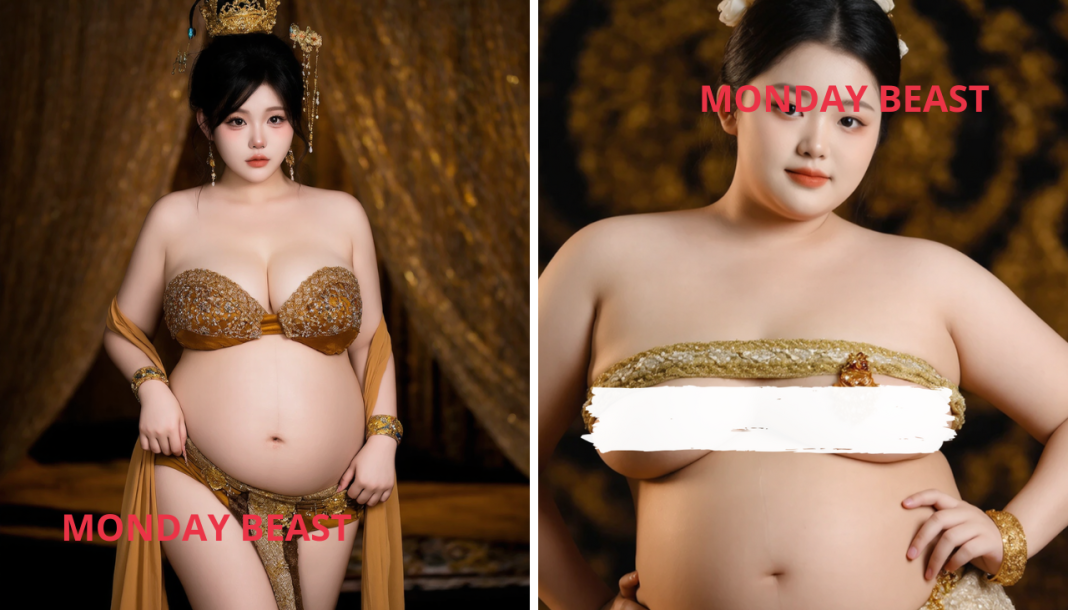Introduction
Throughout history, women’s beauty has been immortalized in art. From the graceful lines of sculptures to the eloquence of poetry, their essence shines through. But what does beauty truly mean? Is it merely skin deep, or do the spirit and intellect weave deeper tales?
A beautifully crafted ancient statue of a woman, symbolizing grace and strength, set in a lively marketplace adorned with vibrant colors and intricate designs.
Physical Beauty and Sculptural Art

Take a moment to gaze at the statue of Venus. Her curves are soft, almost inviting. In ancient Greek and Roman societies, women were celebrated not just for their looks, but for the beauty of their spirit. These artworks were not mere decorations; they revealed the profound connection between body and soul.
Imagine walking through a bustling ancient marketplace. The hustle and bustle surrounds you, but your eyes catch a beautifully crafted statue. Crafted from marble, it tells stories of love, allure, and grace. Beyond physical beauty, it beckons you to consider the depths of the human soul captured in stone.
A traditional ceremony displaying women in ornate áo dài and kimonos, illustrating cultural heritage and beauty through clothing and jewelry.

Intellectual and Spiritual Beauty
In stark contrast to mere appearances, women like Sappho stand out in history. Renowned as a poet, she wove words that resonated through generations. Likewise, Ban Zhao emerged as a beacon of intellect in ancient China, known not only for her beauty but for her literary prowess.
What does it feel like to challenge the norms of beauty and intelligence? These women did just that. Their legacy pushes us to explore what it means to be beautiful beyond our looks. Their achievements continue to inspire women today to seek more than society’s superficial standards.
Grace through Clothing and Jewelry
Think of traditional garments like the áo dài or kimono. Beautifully designed, they do not merely serve a purpose; they represent cultural heritage and embody grace. In ancient cultures, clothing became a powerful medium through which beauty was expressed and celebrated. Jewelry adorned women, symbolizing wealth, nobility, and sometimes spiritual connections.
Picture an ancient festival adorned in vibrant colors and intricate designs. Each piece of clothing tells a story, connecting the wearer to their ancestry and beliefs. In those moments, garments become not just attire, but powerful markers of identity and tradition.
Art and Everyday Beauty
Beauty also emerged in simple moments of daily life. Chinese ink paintings and Japanese ukiyo-e often depicted women going about their routines. Whether engaging with family or lost in a book, these artworks exuded grace in the mundane.
Have you ever considered how these portrayals reflect societal roles? Every brushstroke captures the resilience, elegance, and profound strength present in women’s lives, challenging us to find beauty in our routines.
The Beauty of Sacrifice and Motherhood

Motherhood and sacrifice weave a rich tapestry within the narrative of women in ancient times. Folklore and epics often portray mothers as selfless, embodying compassion and strength. Their love is a force, shaping generations and cultures alike.
Can you recall the stories your mother told? These archetypes transcend time, showing the unwavering dedication of women. The image of a nurturing mother resonates deeply, becoming a symbol of beauty rooted in both spirit and action.
Conclusion
The essence of beauty in ancient women transcends mere appearance. It encapsulates intellect, spirit, and resilience. These layers combine to create a richer understanding of what it means to be beautiful. In considering their legacy, we can honor and learn from these values in today’s world.




